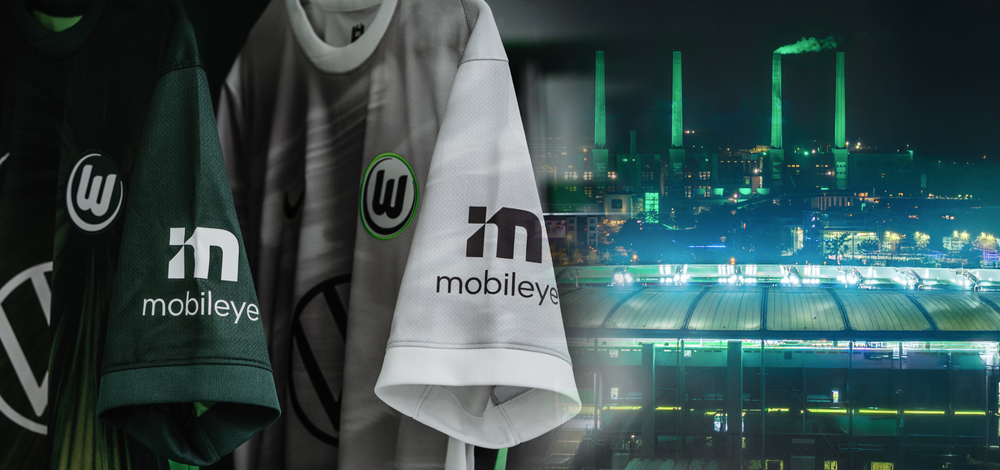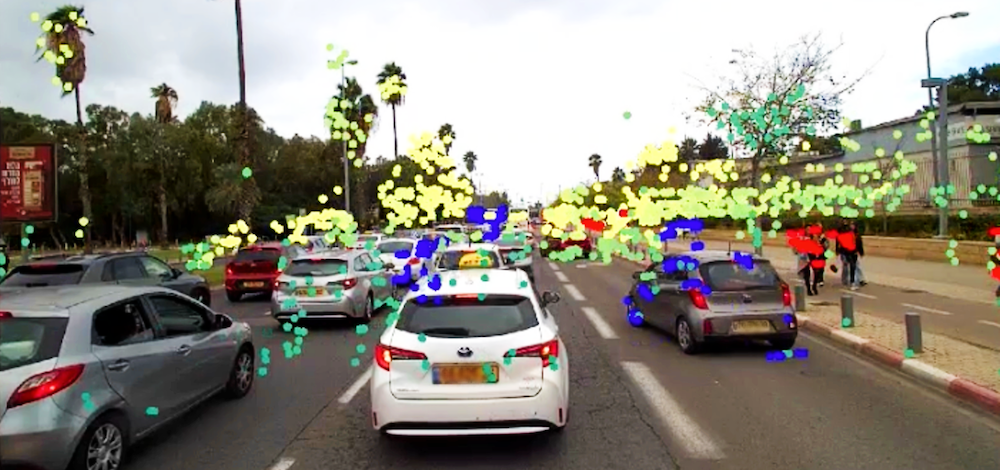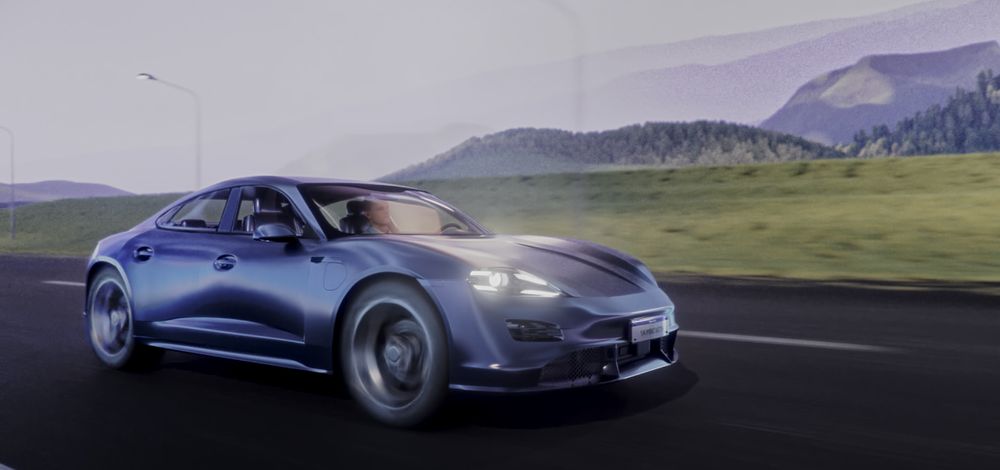blog
|
June 15, 2023
What is ADAS? (Advanced Driver-Assistance Systems)
ADAS features like adaptive cruise control and forward collision warning use technology to assist drivers and enhance road safety. Learn more from Mobileye.
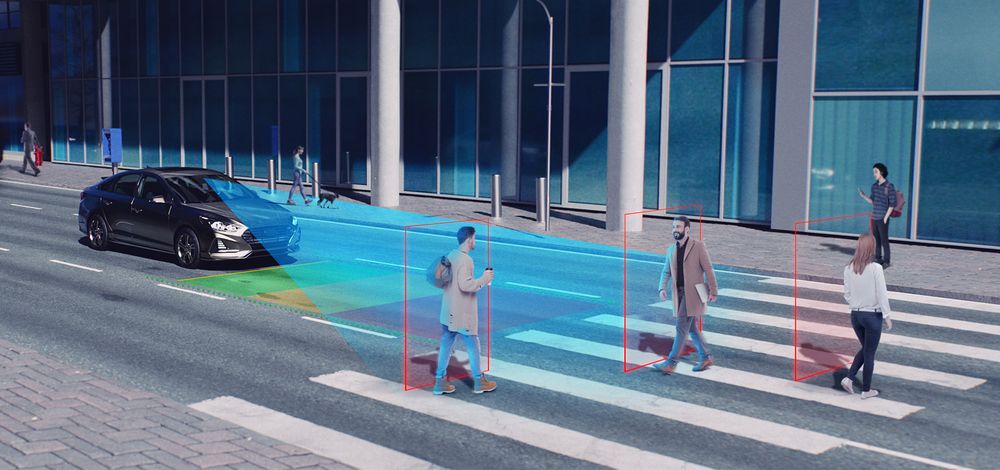
Mobileye supplies the technology to support driver-assistance systems in hundreds of car models sold around the world.
Short for advanced driver-assistance systems, ADAS is a catch-all term for any type of technological feature that makes driving safer, easier, or more comfortable. It can encompass everything from basic functions like warning you of a potential collision to more advanced features like changing lanes automatically.
Most new cars today incorporate some measure of ADAS features, and many of those are supported by Mobileye technology. In this first installment of our new Mobileye 101 series, we’ll drive you through the different types of driver-assist features and the technology that makes them possible.
Passive vs Active ADAS
Designed to alert the driver of a potential hazard or impending collision, passive driver-assist features are the most fundamental form of ADAS system. These include such common features as lane-departure warning (which alerts the driver in case the vehicle is veering out of its lane) and blind-spot monitor (which watches for obstacles the driver might not be able to readily see).
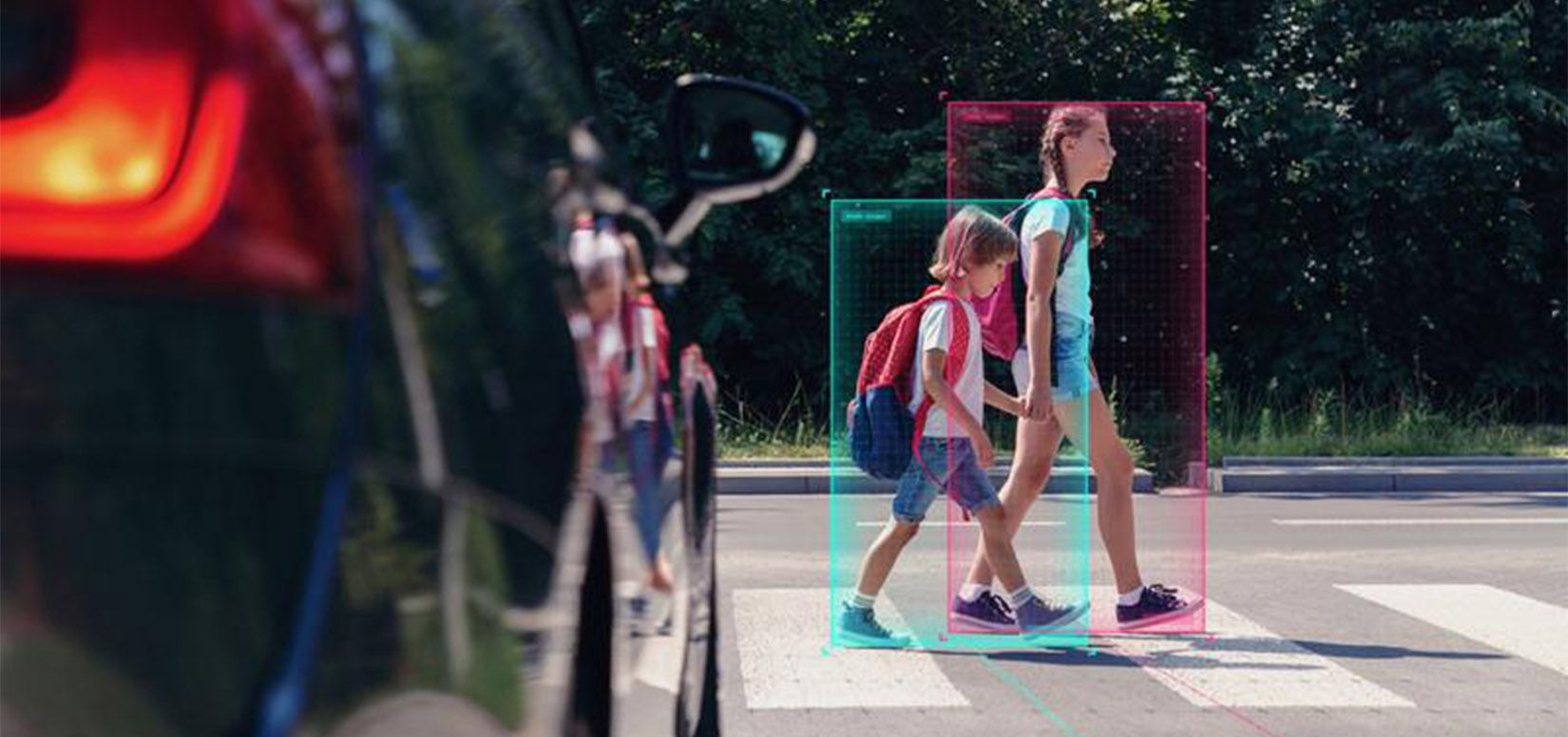
Active safety systems go further than passive ones by actively intervening to help avoid collisions. A feature like Automatic Emergency Braking (AEB), for example, has the ability not only to detect an impending collision and warn the driver accordingly, but also to slow down or even stop the vehicle if the driver doesn’t react in time.
Another such feature is Adaptive Cruise Control (ACC), which not only maintains the vehicle speed set by the driver, but will slow the vehicle down if it comes up on slower-moving traffic, and accelerate back up to the preset speed once the way is clear again.
Incremental Evolution from Assisted to Autonomous Driving
Automakers have even begun offering more comprehensive systems that combine the functions of several active safety systems to automate some of the more mundane driving tasks.
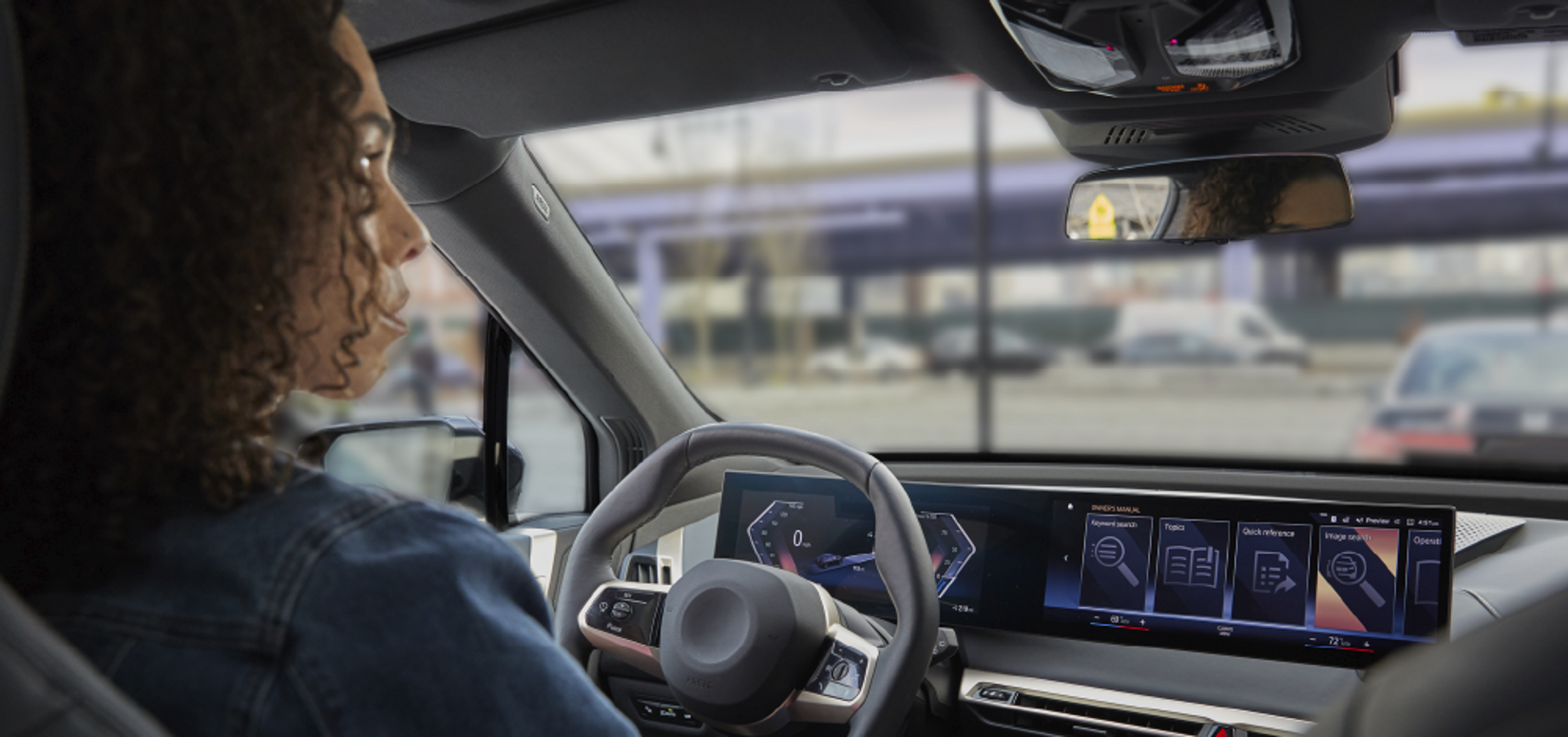
Combine Adaptive Cruise Control with Lane-Keep Assist, for example, and you get a highway-assist system that can control the vehicle’s accelerator, brakes, and steering to keep the vehicle moving safely on the highway without veering out of its lane or rear-ending other vehicles in its path. A traffic-jam assist system essentially does the same, but at low speeds in stop-and-go traffic.
The more of these systems a vehicle has, the closer it gets to autonomous capabilities. Mobileye SuperVision™, for example, combines advanced features such as highway and traffic-jam assist with autonomous lane changing, evasive maneuver assist, blind-spot monitoring, front and rear collision avoidance, and more, to deliver eyes-on/hands-off autonomous driving capabilities on a variety of road types.
Industry-Leading Computer Vision Technology
To enable driver-assist features, vehicles need sensors and processors running the right software. Dozens of automakers around the world opt for cameras coupled with Mobileye’s industry-leading EyeQ™ systems-on-chip.
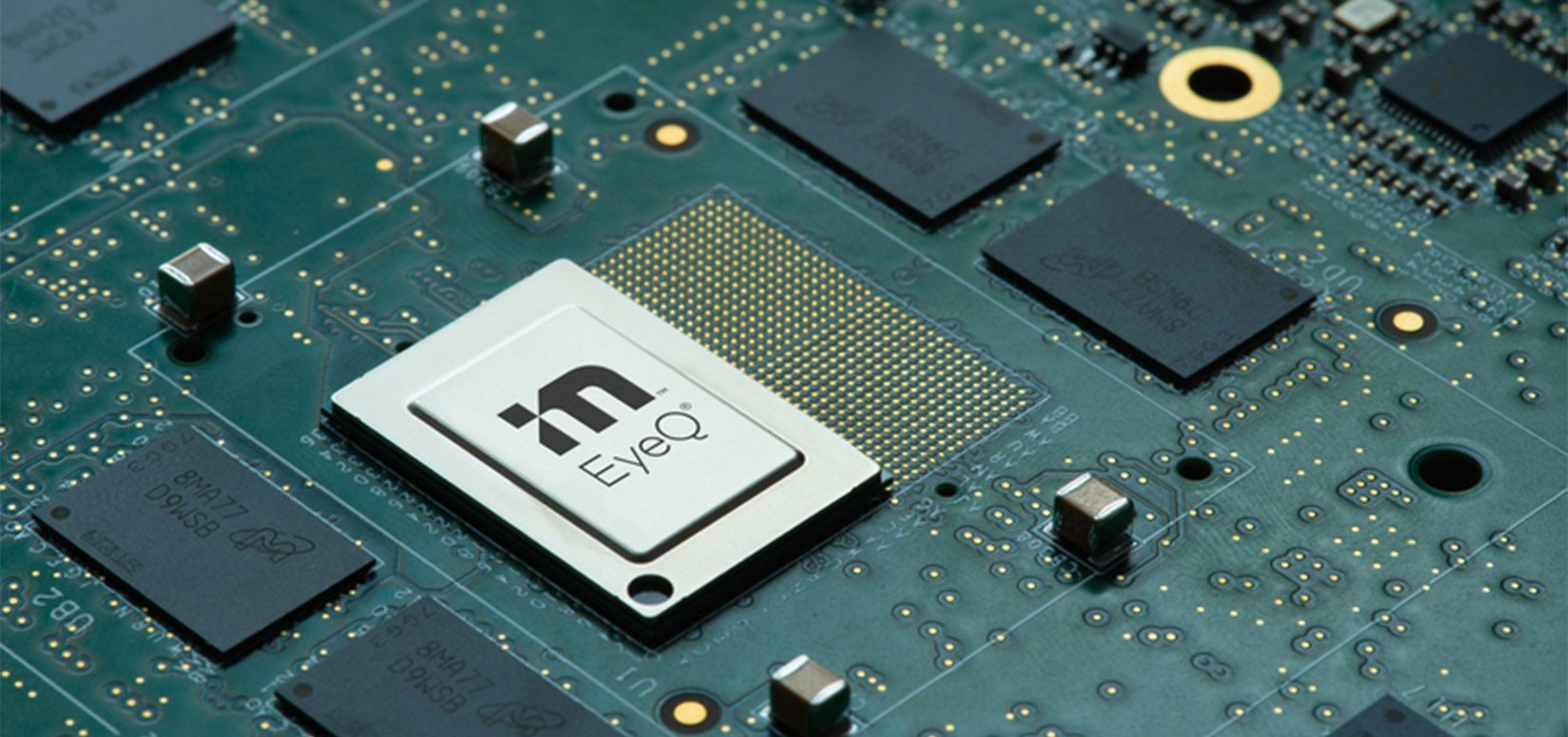
Highly efficient and built from the ground up for the job, EyeQ encapsulates the computer-vision technology that vehicles need to enable their core ADAS features. It’s coded with complex algorithms that interpret camera feeds to detect and identify other road users, obstacles, hazards, weather conditions, traffic signals, lane markers, the shape of the roadway, and more, in real time. Based on the signals it provides, the vehicle can alert the driver or take active measures to avoid collisions, all in order to operate as safely as possible in an often complex and fast-changing driving environment.
Now in its sixth generation, EyeQ has gone into more than 140 million vehicles to date. That number keeps growing, while we continuously develop ever more advanced technologies to make driving easier and transportation safer – from crowdsourced maps in our Cloud-Enhanced Driver-Assist™ solution to 360-degree surround camera coverage in Mobileye SuperVision™ to active radar and lidar sensors in our autonomous-driving solutions: Mobileye Chauffeur™ (for consumer vehicles) and Mobileye Drive™ (for commercial vehicles).
At this point, we’re evolving well beyond the scope of driver assistance and into the realm of autonomous driving. But no matter how far our solutions advance, they’ll all owe their origins to the building blocks of our lifesaving core ADAS technology.
Share article
Press Contacts
Contact our PR team

